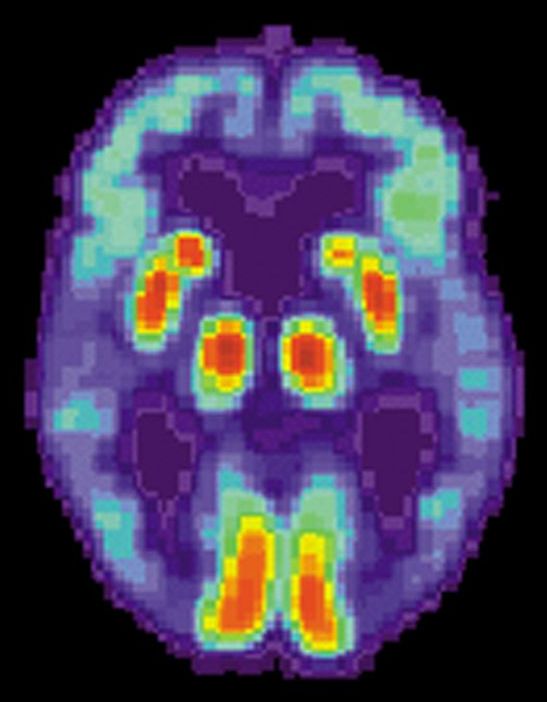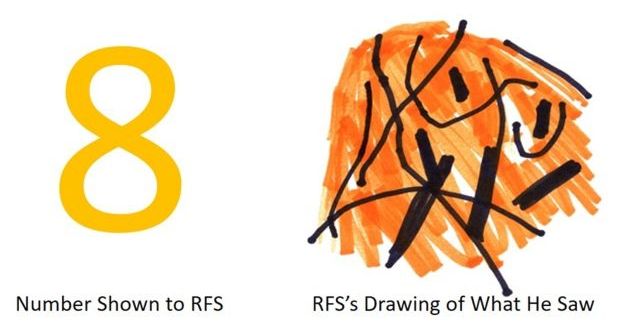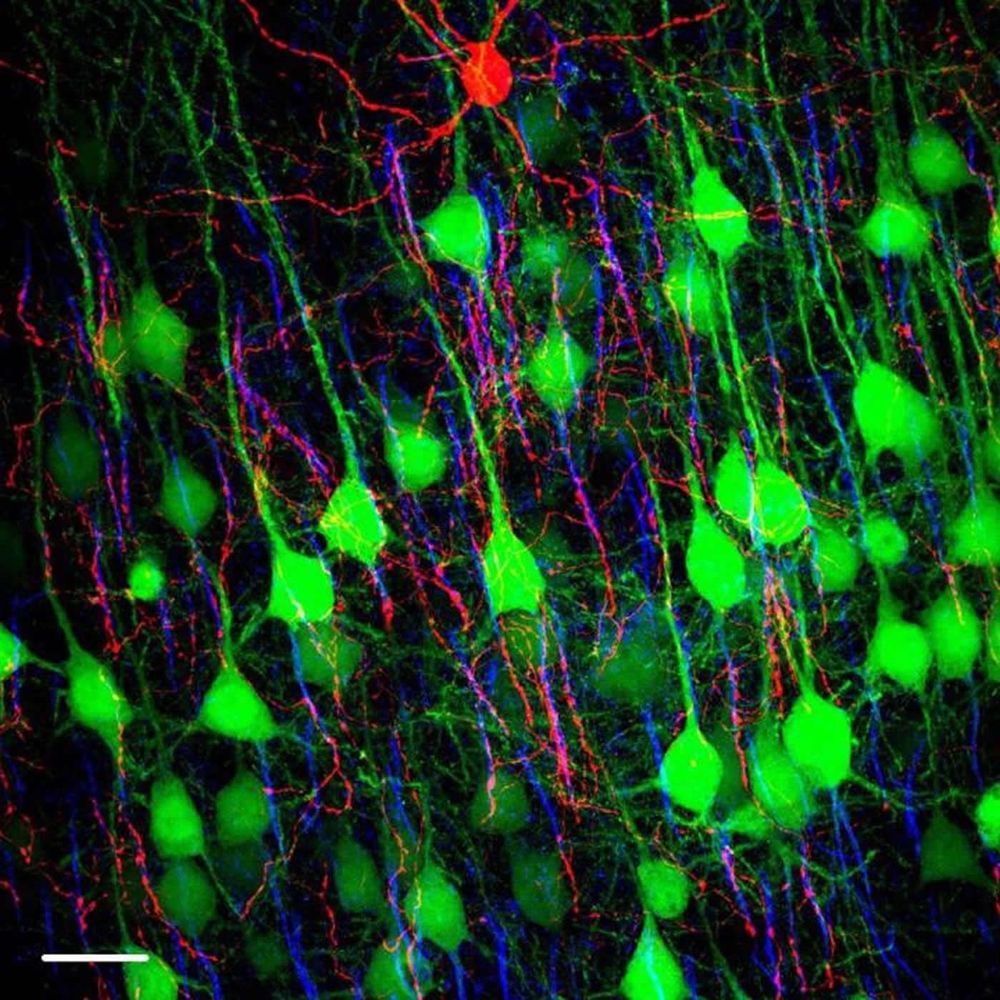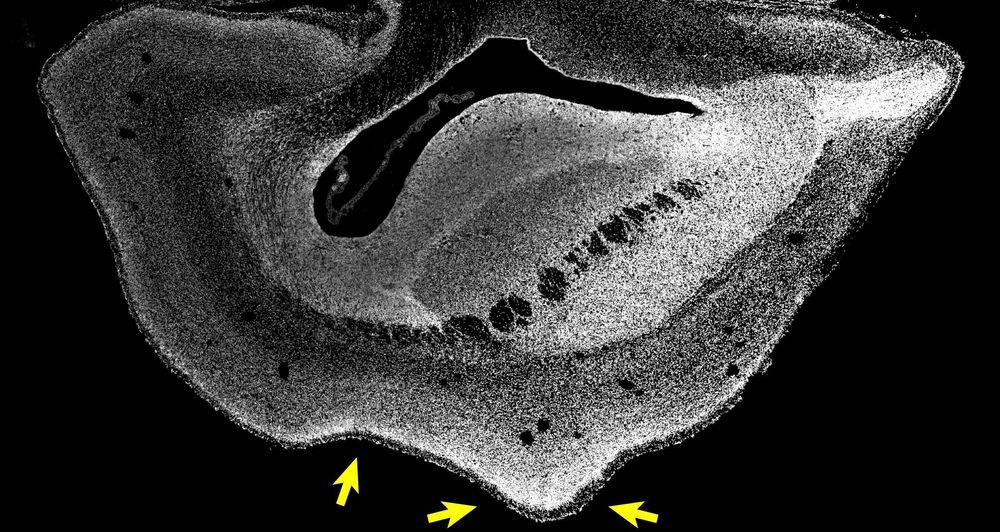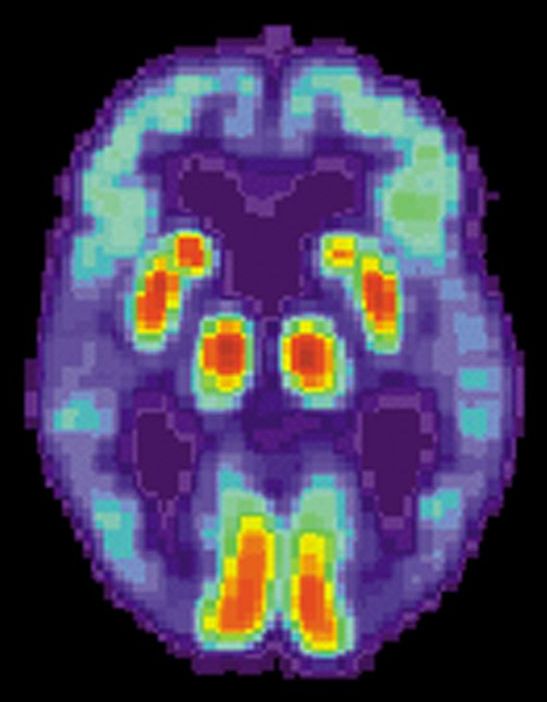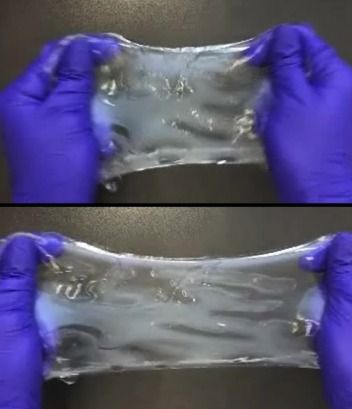In “2030: Beyond the Film” Director Johnny Boston discusses the futurist FM-2030, the Coronavirus Pandemic, and a range of urgent issues in the medical, philosophical, longevity & futurist space with leading voices.
In this episode, Boston talks with David A. Kekich on why Kekich believes working towards Biological Superlongevity should be the first goal of Transhumanists and futurists.
About David A. Kekich: (from Maximum Life Foundation)
David Kekich is President/CEO of Maximum Life Foundation that focuses on aging research. In 1999, he realized the inevitability that science will someday control the human aging process. He understood human beings will someday be able to enjoy very long health spans by studying aging research, the root cause of most deadly diseases. The problem? He was in a race against the clock. He was faced with the possibility of being part of the “last generation to suffer from heart disease, cancer, Alzheimer’s and other aging related diseases”. His solution was to further that aging research and hopefully move it forward by establishing the Maximum Life Foundation.
Maximum Life Foundation Website:
https://www.maxlife.org/
About 2030 the film:
Johnny Boston was 10 years old when he first met FM-2030, a futurist who intended to live forever. But in 2000, after his body ceased to function, FM was cryonically preserved. 16 years later, an unexpected call places FM’s future in Johnny’s hands.
Directed By: Johnny Boston

